Francesco di Antonio del Chierico
Artists
Francesco di Antonio del Chierico (1433-1484), who was to become one of Lorenzo de’ Medici’s favourite artists, illuminated the frontispiece with the dedication to Louis XI and the facing page with the beginning of the prologue (fols. 1v-2r).
His design of the dedication page draws on manuscripts made at the time of Charlemagne, while the white vine scrolls of the prologue’s page, populated with birds, deer, antique medallions and cherubs (putti), are the characteristic motifs of Humanistic manuscripts and Italian Renaissance aesthetics. Both pages show the transition from the precise drawing technique and saturated pigments of del Chierico’s early works to the briskly sketched figures and delicate palette of his documented, post-1463 manuscripts.
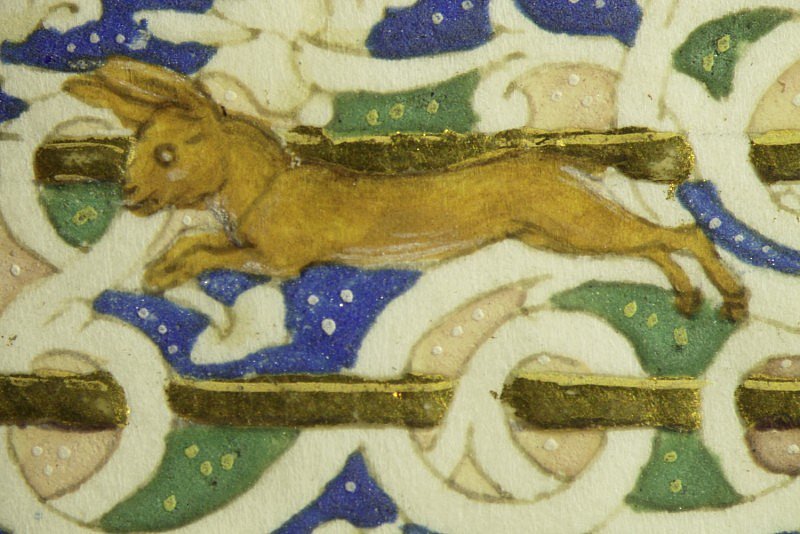
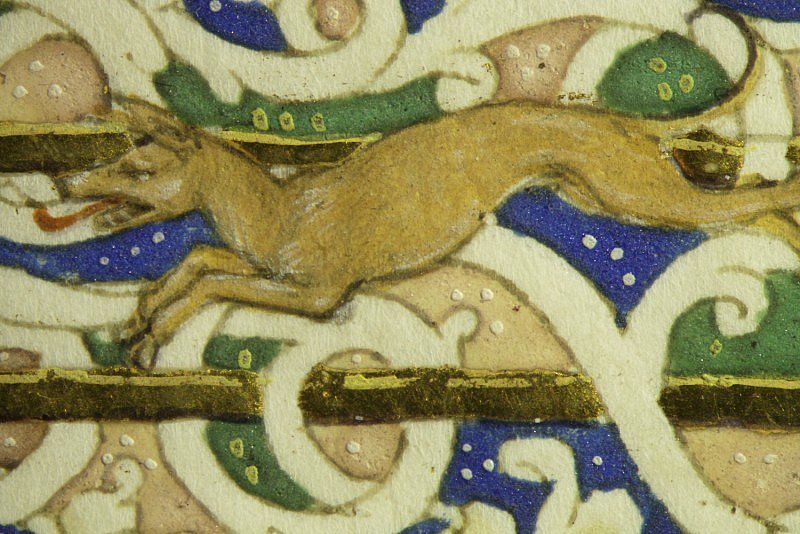
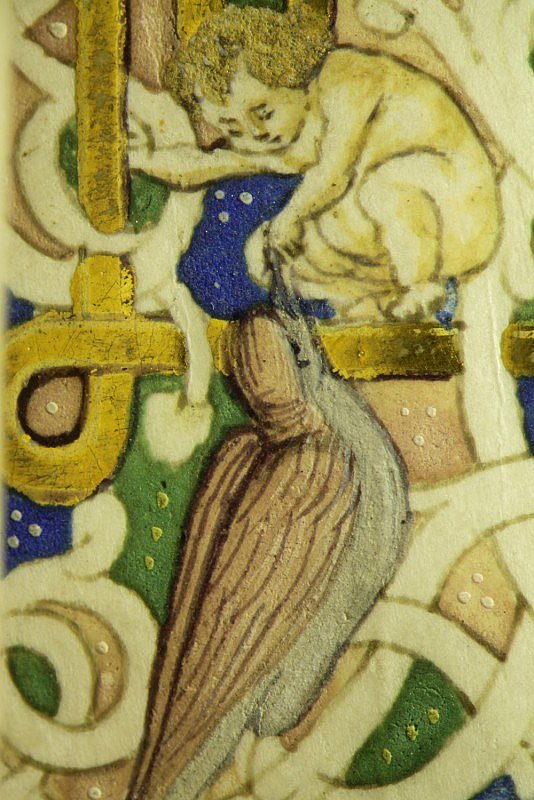
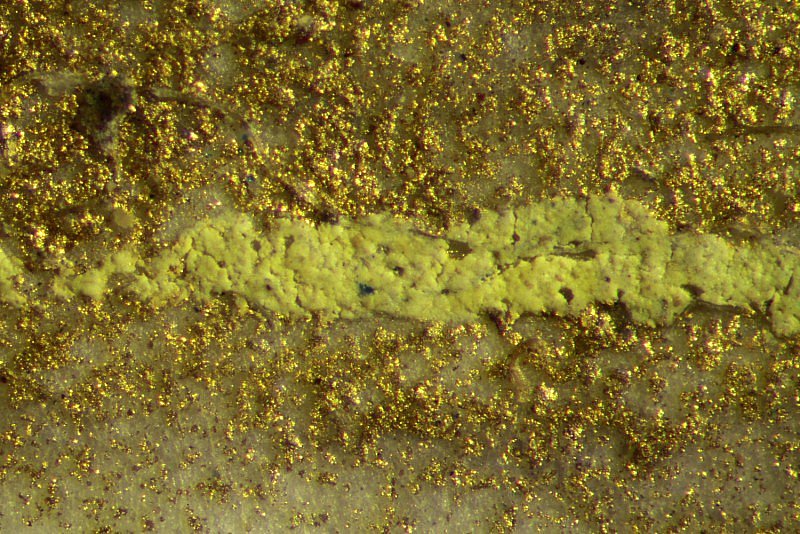
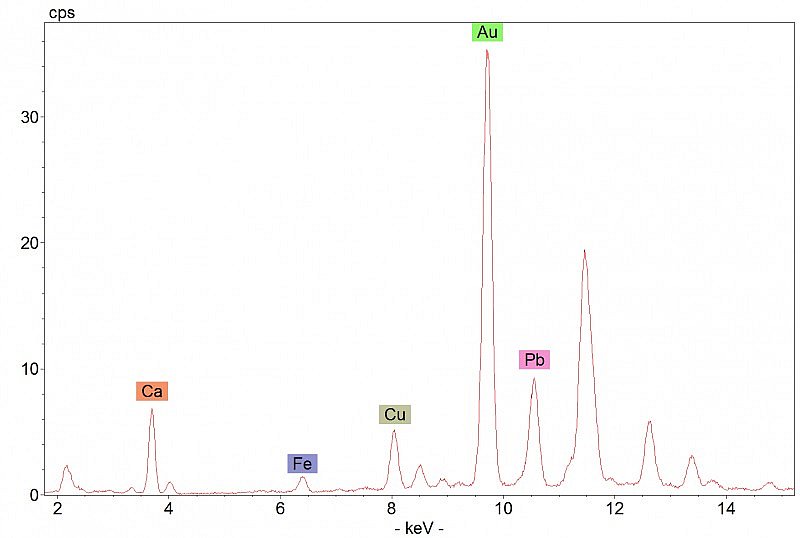
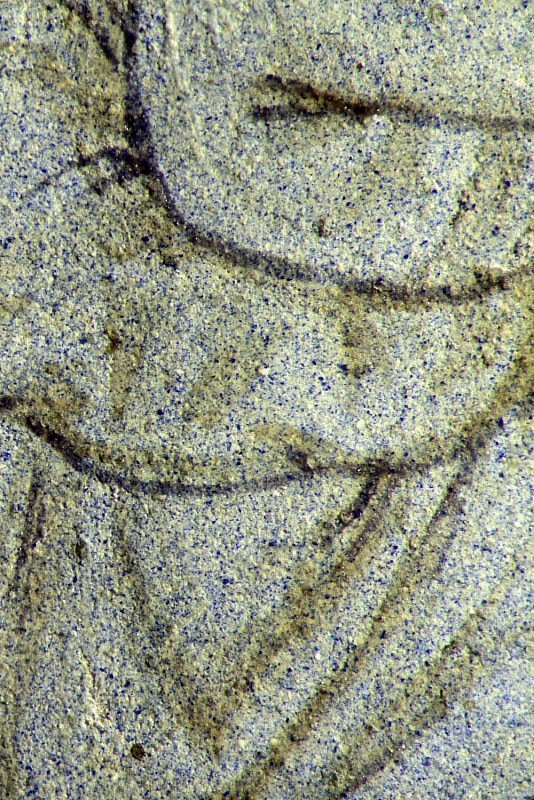
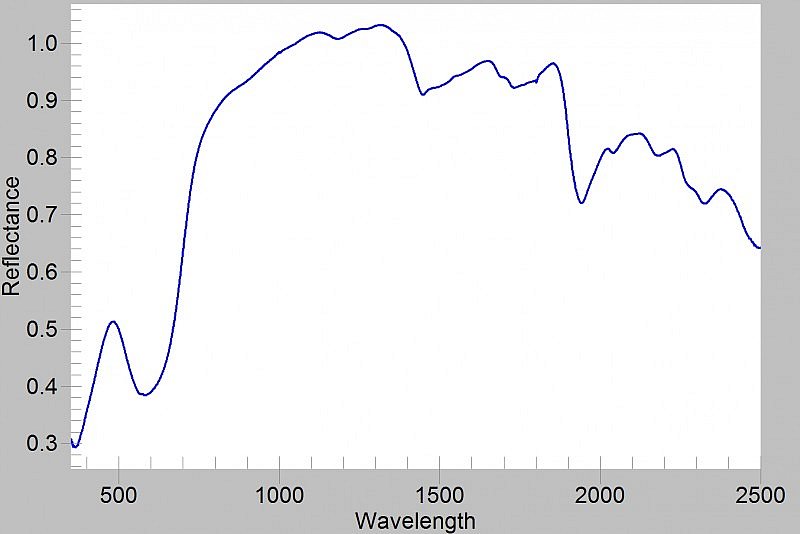
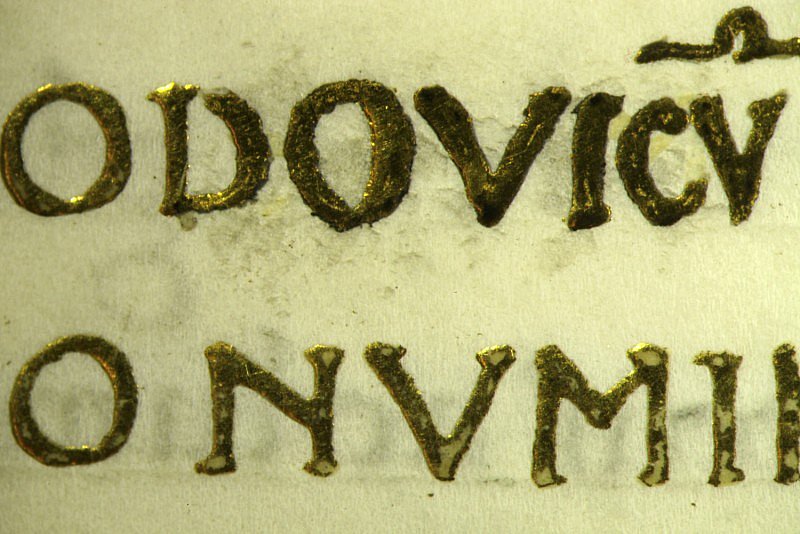
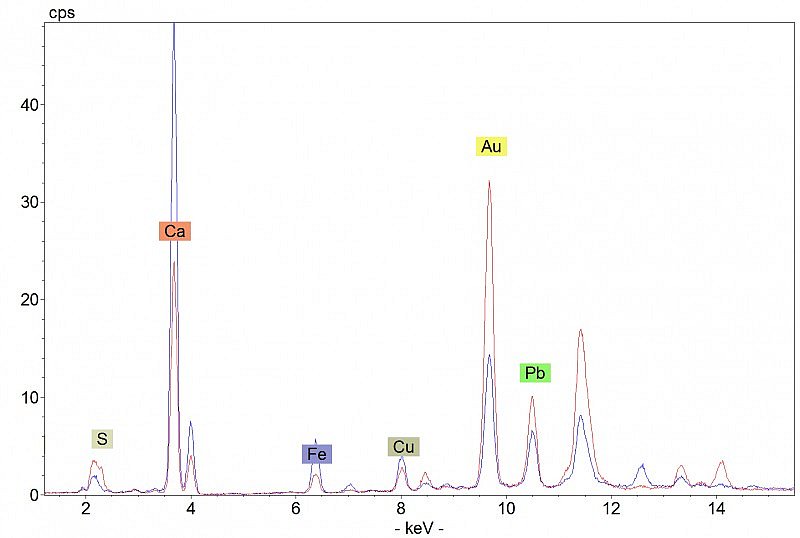
Author’s prologue
Donato Acciaiuoli’s prologue addressed to Louis XI opens with a title and an initial C executed in gold leaf. The initial is enveloped in white vine scroll on blue, pink and green background, which also forms the full border, inhabited by cherubs (putti), birds and deer (hotspots 1 and 2). The border also includes medallions with a child’s head and an armoured warrior’s bust, and the royal arms of France supported by putti. The latter show subtle visual and material differences with the putti painted in the same position on fol. 6r (hotspots 3 and 4), supporting the attribution of the decoration to two different artists.
Above the prologue, the name of the French king in the dedication written in gold ink has been amended: LOISIUM (which remained unchanged on fol. 1v) was scraped away and replaced with LODOVICUM. The gold ink used for the substituion is slightly different in composition from the one used elsewhere on the page (hotspot 5).